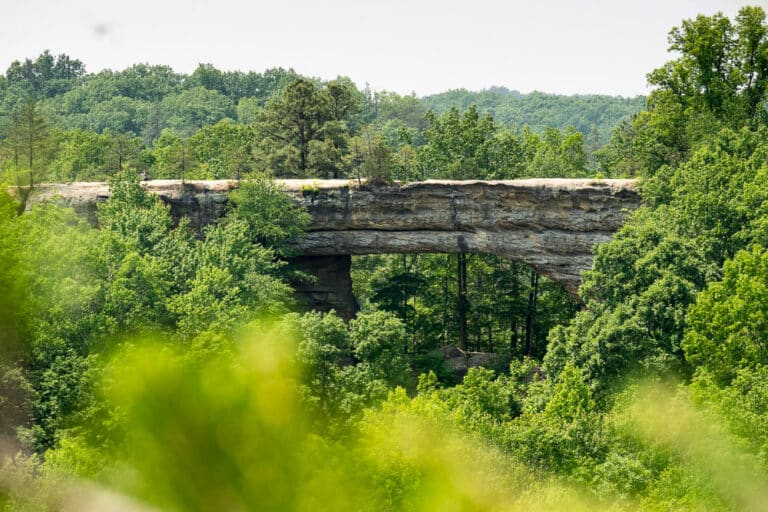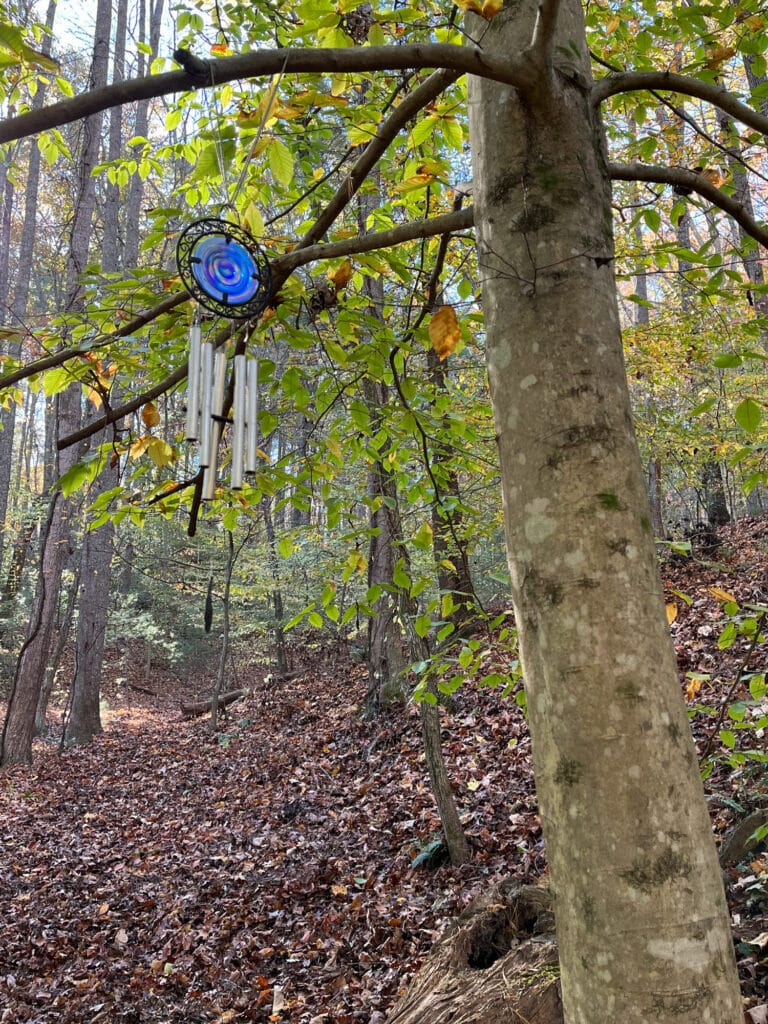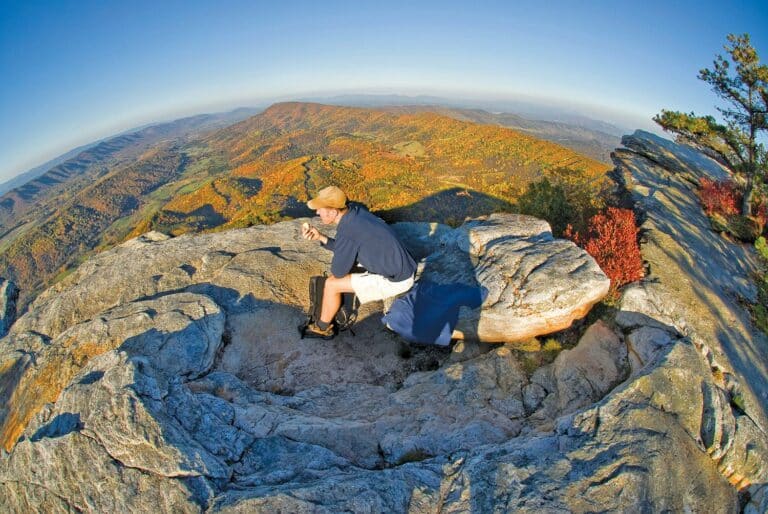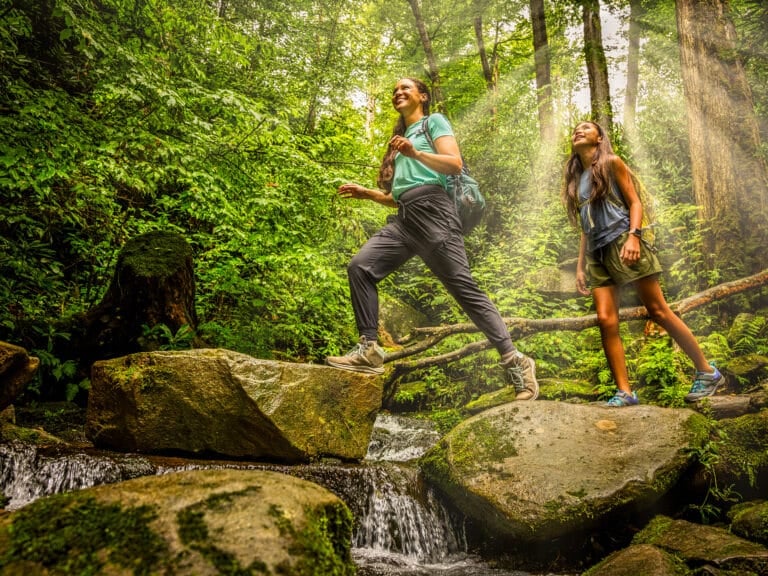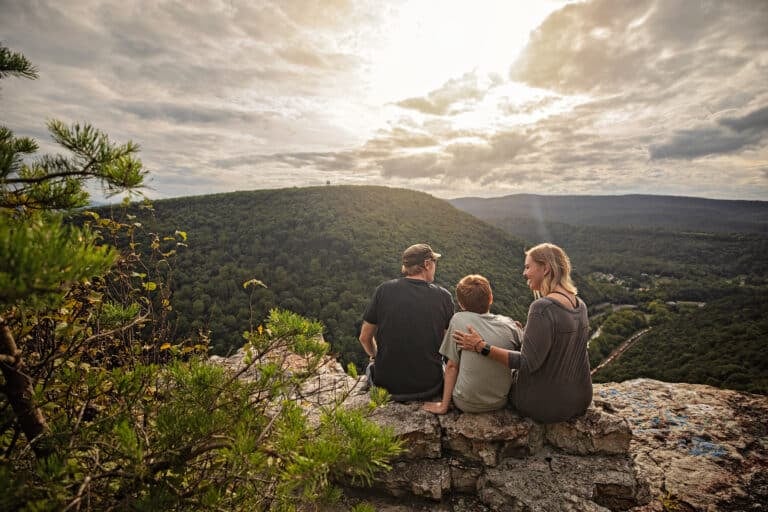Cumberland Island is a wilderness and national seashore along the Georgia coast that is home to some of the world’s most astonishing biological diversity. It is one of the last barrier islands still functioning in a relatively natural state. It is managed by the National Park Service, and it is home to hundreds of nesting loggerhead sea turtles but only a handful of island residents and less than 300 visitors a day.
Part of the natural ecology of Cumberland Island is wildfire. Many of the island’s ecosystems require natural, lightning-ignited wildfires, and many species depend on wildfire for their survival and reproduction. Wildfires are different from controlled burns, which are human-ignited fires that are more targeted and controlled.
Given unnatural fire ignition, Cumberland Island’s fire management plan fails to ensure that natural wildfire continues where it’s needed most. Instead, it continues a series of controlled burns that do more harm than good.
Conservationists worked hard in the early 1980s to get the northern portion of Cumberland Island Congressionally designated Wilderness. After years of dealing with the National Park Service (NPS), they knew that was the safest way to guarantee the public complete protection for the natural aspects of the area, despite protective language in the Seashore’s enabling legislation.
The Wilderness designation imposed unwelcome restrictions on some local landowners, who in 2004 coerced a legislator into removing critical parcels of the Wilderness to allow actions such as commercial motorized tours and consequently, manipulative actions, such as controlled burns, of the NPS. Attached to an Omnibus Bill in 2004, the crippling rider slipped by. That gave the NPS free rein to do as they please with fire in that area, especially by introducing controlled burns. Today they operate under a Fire Management Plan updated this spring, 2020.
There are problems with controlled burns on the north end of Cumberland Island. The two predominant ecosystems there require different fire regimes, yet are managed the same. The “scrub” requires a significant fuel build-up over many years in order to burn extremely hot to bare soil. Invading plants not fire-adapted are then eliminated over time and the ecosystem maintains its integrity. If fire frequency is changed, with a concomitant reduction in intensity, the community itself will change.
The second ecosystem impaired by NPS controlled burns is the recovering maritime forest. Most of the north end that is not scrub or wetlands was once in agriculture and is now in various successional stages progressing towards reestablishing a maritime forest. In areas appropriate for agriculture, there are more or fewer pines depending upon the time since cultivation. The regular introduction of fire into these recovering stages definitely favors pines by killing the understory species, many of which are oaks. Fire temperatures are higher under mature pines than under oaks, which ensures elimination of competitively superior oaks.
Unfortunately, the fire management plan on Cumberland fails to protect either ecosystem. Instead, it brings heavy equipment and brackish water where it doesn’t belong. The Fire Management Plan acknowledges that the following can be used in Wilderness: air tankers, brackish water, retardants, controlled burns, chemicals and fuel brakes. Also that Old River Road area, Terrapin Point, and Table Point will be deliberately burned twice in the next five years and Brickhill Bluff once. The stated objective is to return the area to its historic fire regime, yet it is never explained how that will occur given natural fire ignition. Those areas burned under natural conditions despite the NPS total suppression policy.
The Park Service needs to allow natural wildfires to burn in the wilderness and end its invasive, heavy-handed controlled burns.

